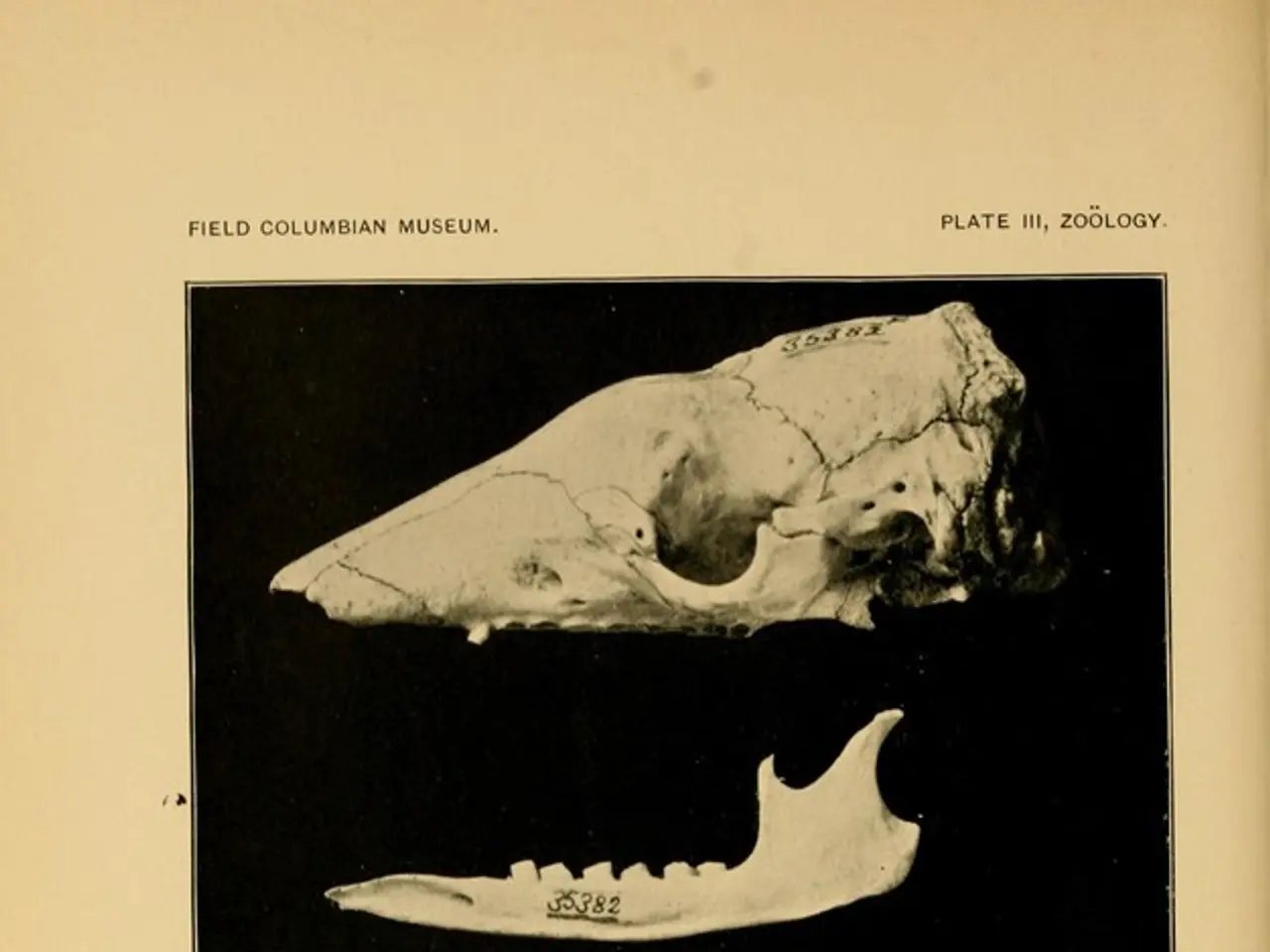Connection between COVID-19 and joint pain: Insights and Treatment Methods
=========================================================
Joint pain is becoming increasingly recognised as a symptom of COVID-19, and it may be more prevalent in those affected by long COVID-19. The connection between joint pain and the virus is not fully understood, but some research suggests it could cause inflammatory arthritis in some people.
Reactive arthritis related to COVID-19, particularly reactive arthritis (ReA), can occur as a post-infection complication, often presenting with joint pain and swelling. Treatment generally involves nonsteroidal anti-inflammatory drugs (NSAIDs) and glucocorticoids, which have shown favorable responses in most cases. Some emerging therapies, like deep muscle stimulator (DMS) therapy, are being explored for refractory cases, with preliminary reports of rapid improvement but require more research.
For patients with pre-existing inflammatory arthritis, such as rheumatoid arthritis, vaccination has been shown to be highly effective in preventing infection, severe disease, and mortality. This underscores the importance of immunisation in these vulnerable populations.
During acute COVID-19 illness, anti-inflammatory biologics like abatacept and infliximab were found not to speed recovery but did reduce death rates in hospitalised patients with severe COVID-19. This suggests their role in modulating COVID-induced inflammation but does not directly address treatment of inflammatory arthritis triggered by the virus.
For long COVID and immune dysregulation post-COVID-19, JAK inhibitors, such as baricitinib, are under clinical trial investigation to treat persistent inflammatory symptoms, including arthritis-like manifestations. These drugs modulate the JAK/STAT inflammatory pathway and may help reduce prolonged immune activation seen in some patients with post-COVID syndromes.
In summary, reactive arthritis after COVID-19 is recognised, and NSAIDs and steroids remain first-line treatments. Vaccination reduces the risk and severity in patients with inflammatory arthritis. Anti-inflammatory biologics like abatacept and infliximab reduce mortality in severe COVID-19 but their role in post-COVID arthritis is not directly defined. JAK inhibitors are under trial for treating persistent inflammation in long COVID, potentially benefiting arthritis symptoms. New and adjunctive therapies like deep muscle stimulation are experimental but promising for refractory cases.
Both oral steroids and steroid injections can help manage joint pain associated with long COVID-19. Some individuals experience symptoms even after recovering from COVID-19, a condition known as long COVID-19. The NHS recommends stretching, yoga, tai chi, climbing stairs, working with resistance bands, gardening, cycling, and walking uphill as activities to manage joint pain at home.
Joint pain may be more common in people with more severe COVID-19, unlike other pain symptoms such as muscle pain. COVID-19 can cause joint pain during the SARS-CoV-2 infection itself. A 2021 study states that joint pain is one of the most common symptoms of COVID-19, affecting a significant number of people with COVID-19. Some over-the-counter pain medications may also help with joint pain associated with long COVID-19, but seeking medical advice is recommended before taking them, especially for long-term use.
People with underlying health conditions, such as older people and those with a compromised immune system, are at a higher risk of serious complications from COVID-19, and they should seek medical attention if they have symptoms of the disease. In people whose joint pain is arthritis-like, certain medications such as low-dose glucocorticoids and disease-modifying antirheumatic drugs (DMARDs) can be quite effective.
There are no established medical guidelines on how to treat joint pain as a result of COVID-19. A person should contact a doctor if they are experiencing joint pain that affects their ability to perform daily tasks, or if their joint pain accompanies symptoms of COVID-19 such as a cough, shortness of breath, fever, sore throat, or nausea. A 2020 study instead suggests that COVID-19 might cause joint pain via more generic inflammatory mechanisms. The World Health Organization recommends taking ibuprofen to help treat symptoms of COVID-19.
- The science behind COVID-19 has shown that chronic diseases, such as chronic kidney disease and various respiratory conditions, put individuals at a higher risk of serious complications from the virus.
- While dealing with symptoms of long COVID-19, including arthritis-like joint pain, focus on maintaining overall health and wellness through fitness and exercise, like stretching, yoga, and cycling, as suggested by the NHS.
- Mental health is of utmost importance in managing long COVID-19 and its symptoms, with some people turning to CBD as a potential natural alternative for alleviating stress and pain associated with the condition.
- For those with pre-existing medical conditions, receiving the COVID-19 vaccine is crucial for preventing infection, severe disease, and mortality, as demonstrated in studies involving patients with inflammatory arthritis.
- As research continues, new treatment approaches for chronic pain and inflammatory conditions triggered by COVID-19, like JAK inhibitors, deep muscle stimulator therapy, and abatacept, are being evaluated in clinical trials.




